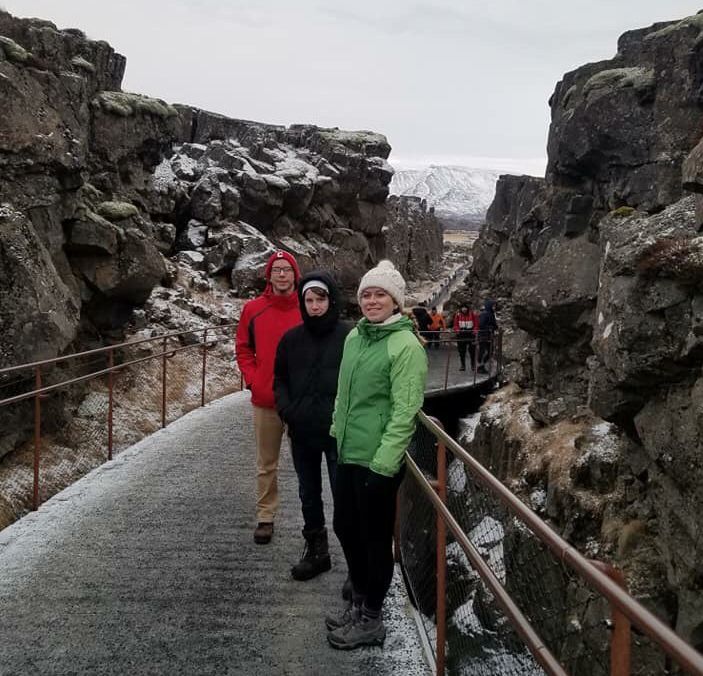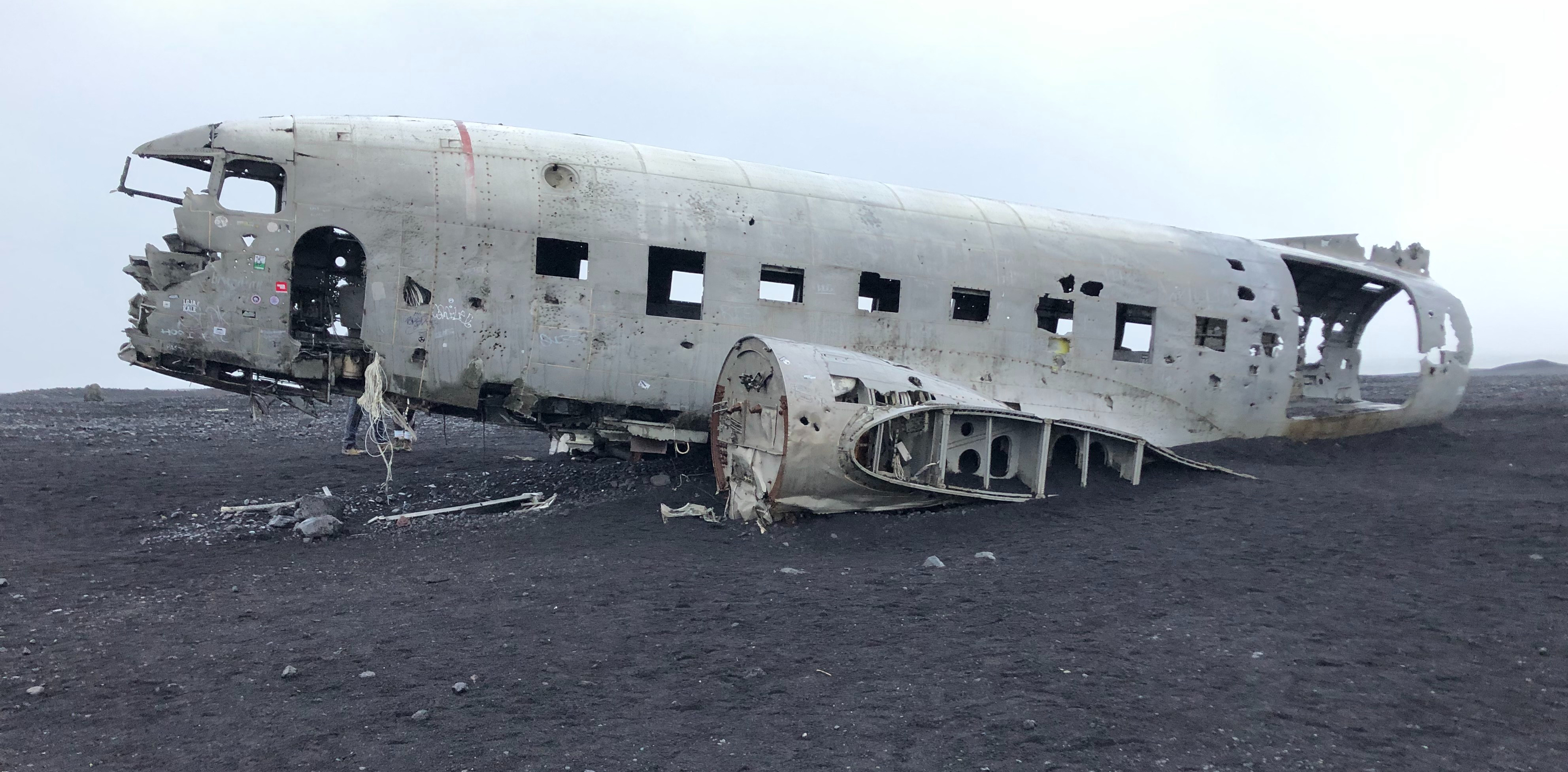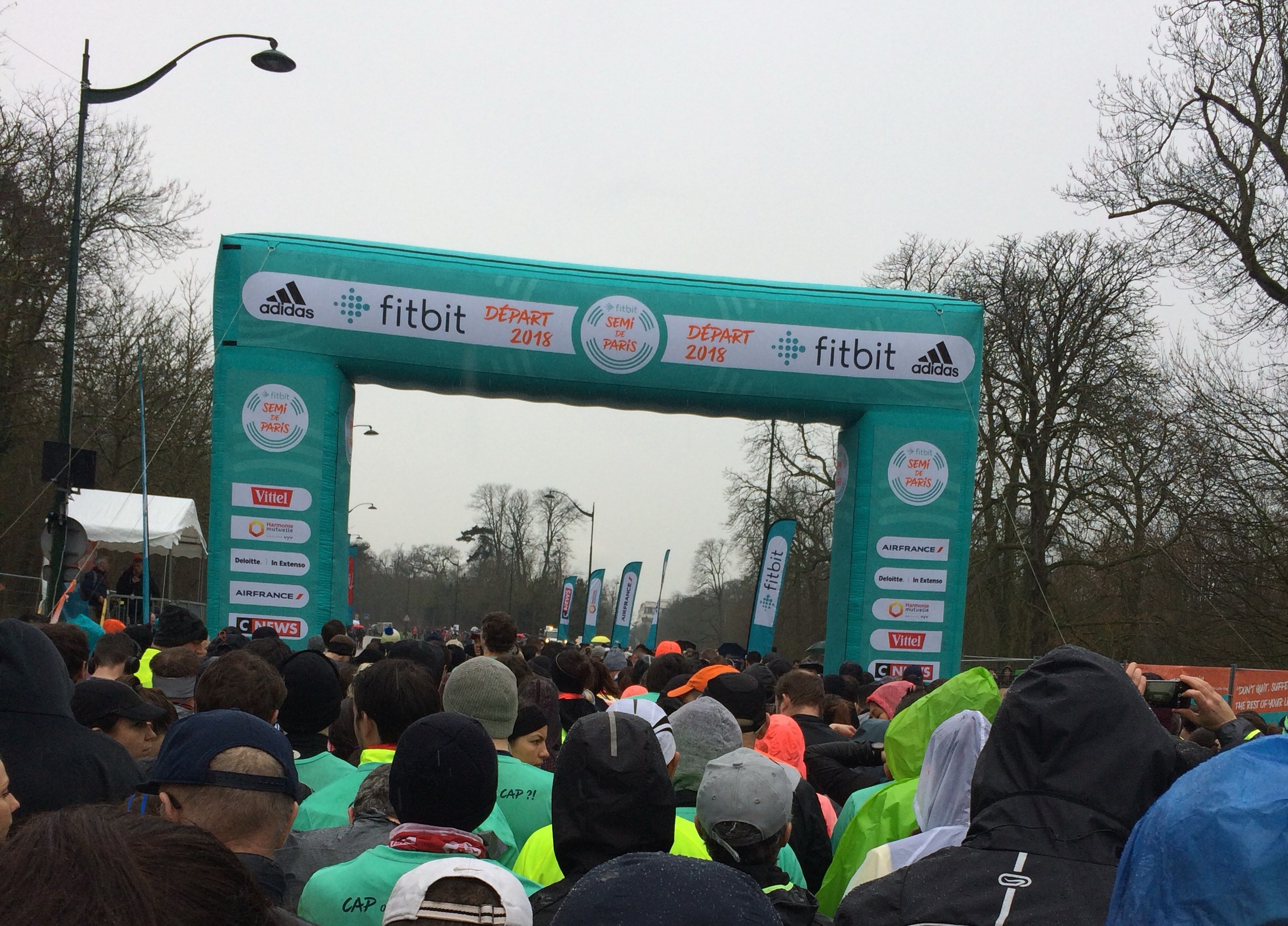Iceland is known for its Northern Lights, harsh winters, majestic waterfalls and stunning landscapes (and its exorbitantly high prices). For all these reasons and more, my family thought Iceland would be a great choice for our first winter family vacation.
Planning our days was a bit more complicated than normal because of the daylight hour time constraints (sunrise around 11:30 and sunset around 15:30). Often times, we never saw the sun during these hours because of cloud coverage. To make the most of your short stay, I would recommend renting a car so that you’ll have more flexibility with your itinerary.

One of the few times we actually saw the sun
Below is our week-long itinerary with trip tips and Icelandic food recommendations
Day 1 – December 28 – Thursday
After arriving in the afternoon, checking into our AirBnB in Hafnarfjörður (it was about a 20 minute drive from Reykjavik), grabbing some Thai food at Ban Kúnn, we headed out to hunt down some Northern Lights.
On our first night we were lucky enough to spot the dancing green lights in multiple locations. We headed about 20 minutes south from Hafnarfjörður toward Lake Kleifarvatn (which we couldn’t see at all), where we pulled over at the Icelandic Soup Wagon to see the faint green lights in the distant sky.

While this picture is a brighter green than we actually saw, it still doesn’t do these lights justice
Day 2 – December 29 – Friday
Our trip began along the Golden Circle, first stopping at Strokkur Geyser to see it erupt, then heading to Gullfoss waterfall where we would rendez-vous for our snowmobiling tour.

Gullfoss means golden falls!
Our Arctic Adventures tour was supposed to leave at 2 p.m. but ended up being pushed back due to whiteout weather conditions. This was worrying at first because it would be dark soon, but with these weather conditions we wouldn’t be able to see anything anyway.
This out-and-back tour allowed us to ride on Iceland’s second largest glacier, Langjökull, and see an ice cave inside the glacier. It was a bit freaky riding into the darkness not being able to see too far in front of us.

Loved the heated handlebars
Day 3 – December 30 – Sunday
The goal of this day-long outing was to see Kirkjufell Mountain; however, we found ourselves in a snowstorm, preventing us from seeing even the slightest part of it. The route to the mountain has some other interesting stops along the way, such as hot springs and smaller waterfalls (we just looked on GoogleMaps for the camera icons).
- Tip: Plan an extra day into your trip if possible, that way if you have a bad weather day and aren’t able to see something (ie: a whole mountain) you can try another day.

Normally, the mountain would be visible from this waterfall, but as you can tell, it was snowing HARD
We also had a fun time off-roading (on accident). I would consider my father to be an excellent driver, so you know the roads were bad if he managed to do this.
- Tip: Be careful of the strong winds as they can break your car door off :D.

Obligatory selfie because it was too funny

For a second, I thought we wouldn’t be able to get back on the road
Day 4 – December 31 – Monday/New Year’s Eve!!!
The last day of 2018 was in part spent at the Blue Lagoon, but first we began by wandering in between two continental plates: North America and Europe, at the Bridge Between Continents.

The bridge connecting the continents was behind us
Our tickets for the lagoon were booked a couple months in advance. We choose the 2 p.m. time slot, which wasn’t too crowded, and the weather was perfect (still extremely cold but no rain or snow). The lagoon closes at 5 p.m. and the ticket includes a towel, one drink and a silica mud mask.

#NoShameBasicPic
In a country that is painfully cold, it’s a good idea to start the night off on a hot note with a NYE traditional Icelandic bonfire. Of the many offered around Reykjavik, we chose the Geirsnef Park fire because we knew it would be huge, and it also offered a 360-degree view of fireworks around us. The bonfires are from 8:30 – 10:30 p.m., then Icelanders go home to watch Áramótaskaupið for an hour before the REAL firework show begins.

Pro tip: rotate yourself like a kebab so that you stay warm all over
After you’ve sufficiently warmed up, drive over to the unique Hallgrímskirkja Church for a spectacular show put on by the Icelandic public. Coming from a country where the Fourth of July is celebrated with an insane amount of fireworks, we were all impressed with how long this display lasted (more than an hour – the longest I’ve ever seen and also the most dangerous as many went off on the ground).

Icelanders buy about 500 tons of fireworks
Day 5 – January 1 – Tuesday
2019 began with staring up at the Northern Lights and brilliant stars around 2 a.m. After sleeping in, we were off to Þingvellir National Park, which is where a scene of Game of Thrones was filmed.

Absolutely loved Iceland’s landscape
Day 6 – January 2 – Wednesday
Our last full day was filled with waterfalls. Seljalandsfoss is a fall that you can walk behind. We weren’t prepared for how wet we would get.
- Tip: Bring warm waterproof shoes, warm hats, serious snow gloves, wool socks and many layers. I wore two pairs of warm yoga pants each day and would have preferred to have snow/waterproof pants as well.

Waterproof pants would have been real nice
After admiring the falls, make your way to Sólheimasandur to view this black sand beach plane crash. Weirdly, the sign said it would take three to four hours to do, which was deterring, but, in reality, it only took less than two hours.

The last stop of the outing was the remarkable Reynisfjara Black Sand Beach, home to these stunning basalt rock formations. What surprised us about this beach was the sneaker waves. After being near the water to get up-close pics of these magnificent rocks, a huge wave, unlike the previous calm ones, ‘snuck up’ on us and had us running for our lives.

These formations were so massive that they could be sat and stood upon
Foods to Try
- Isey Skyr yogurt – I’ve tried a fair amount of different types of yogurt, but this brand was by far the most unique. It’s much thicker and has an insane amount of protein.

Their crème brûlée, strawberry and coconut flavors were my favorites
- Kjötsúpa (Icelandic Meat Soup) – My fave Icelandic food. You’ll find a hearty bowl to warm you up at Loki, accompanied by a stunning view of Hallgrímskirkja Church. If you’re really hungry, head to Icelandic Street Food for unlimited soup.

Soup from Loki

Space is limited, so don’t show up with a large group!
Harðfiskur (dried fish) – This jerky of the sea, viking snack, or whatever you want to call it, I was not a fan of; it was too dry and fishy.

Get the smallest container they sell to try it
- Kleinur (Icelandic donut) – I loved the cute shape, but these have nothing on Voodoo Doughnuts.

We actually got these for free because it was at the end of the night!

The rolls in the front had golden Pop Rocks in celebration of NYE
- (Pylsur) Hot dogs – Baejarins Beztu Pylsur sells these cheap dogs at their tiny stand in Reykjavik. Make sure to get one (or two) with everything on it.

Translates to, “The best hot dogs in town”
- Íslandsplatti (taste of Iceland plate) – The jar above the rye bread contained fermented shark (hákarl) – the smell was far worse than the taste. You can find this board at Geysir Bistro in Reykjavik. Their lobster soup with a side of rye bread is also fabulous.

Jonathon has come a long way from his chicken strip days
- Holiday malt & appelsín drink – This seasonal drink came in a couple different flavors.

It tasted and looked like beer but contained no alcohol
- Svart lakkrìs (black licorice) – If you’re one of the strange people that likes this candy then you’re in the right place. Much of their candy and even chocolate has licorice inside.

We enjoyed these other snacks without licorice more

Chocolate covered Bugles!
- Bánh mì sandwich – While not traditional Icelandic food, this sandwich was outstanding. Hlemmur Mathöll is a more affordable place for dinner and has a variety of options that will please even the pickiest of eaters.

I wish I had another one of these right now
- Vanilla Kremkec (Vanilla Cookies) – If you’re a cookie monster like my whole family is, try these.

These were gone so fast that I didn’t even get a pic before they were opened
Hope you enjoy your Icelandic adventure as much as we did and for more pictures check out Iceland Images! Skàl!










































































































































































